This post is also available in: Italian
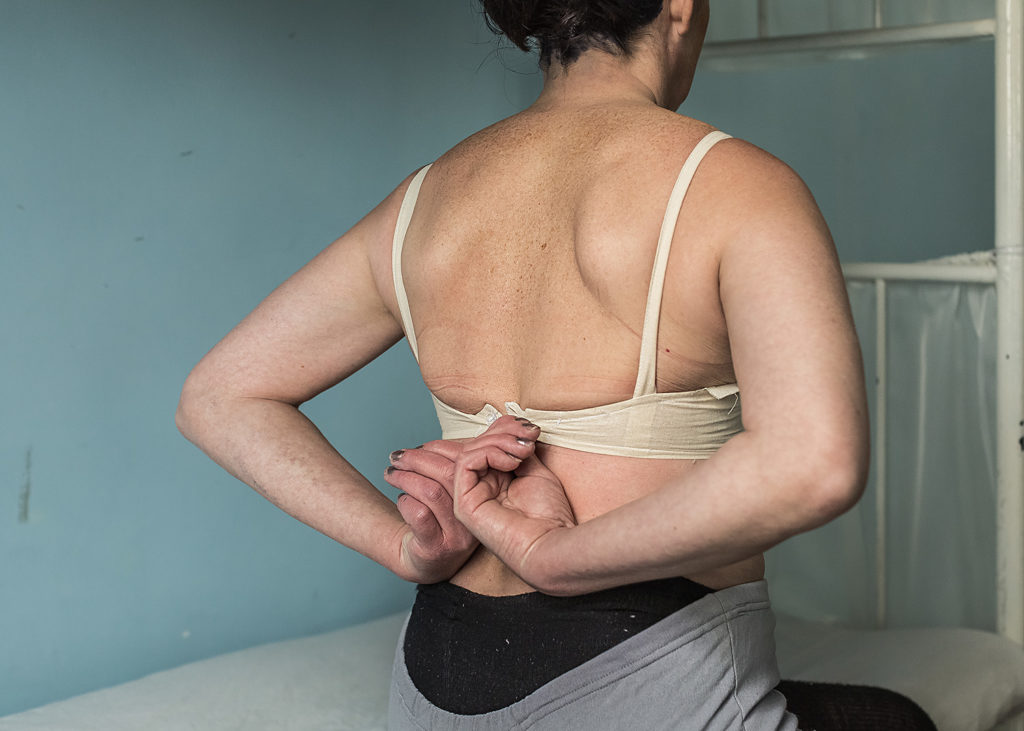
Elena Anosova’s critically acclaimed project Section is a series of portraits of Russian women. Despite multiple awards and praise from the critics, I’ve noticed how wider audiences often lose interest as soon as they find out that these women are not models, Russian brides, nouveau-riche or any other kind of stereotypes that has the power to attract genuine attention (surprisingly from both women and men practically anywhere beyond Eastern Europe).
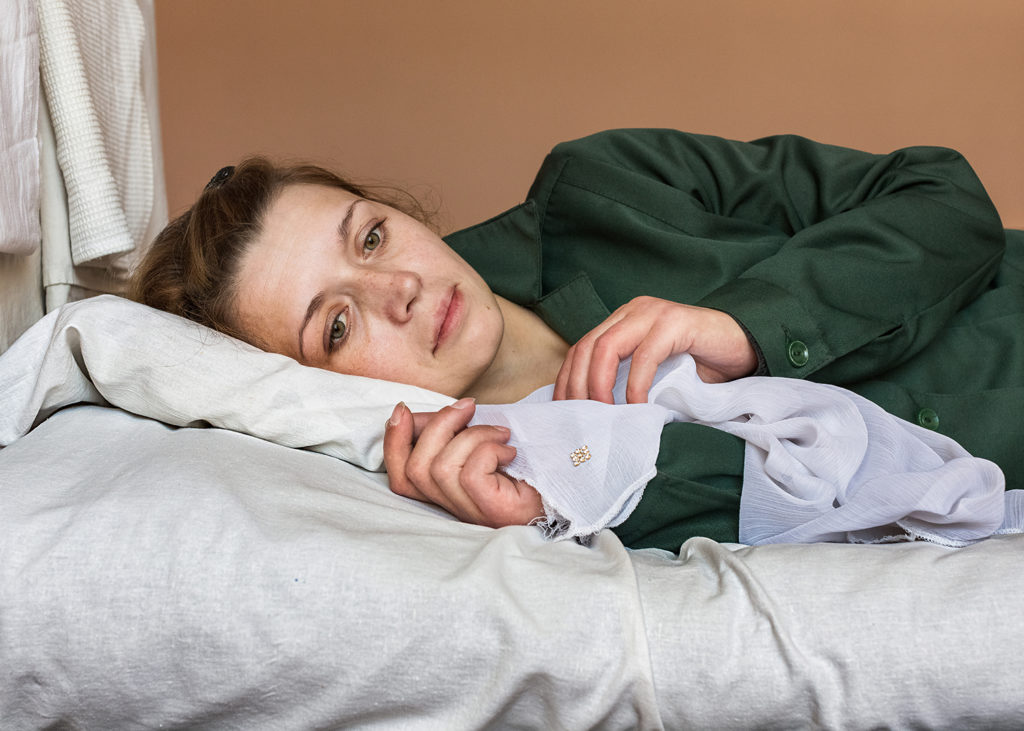
Project Section captures about 200 women serving their sentence in a number of correction facilities in Siberia in Russia.
“Many people who saw the pictures were surprised how clean and neat it looks there”, Anosova says. “They would say that it looks like a sanatorium. But sterile doesn’t equal nice. Living in an environment with questionable safety and no privacy does deform a person. This topic flows from one project to another with my work. It comes from personal experience.”
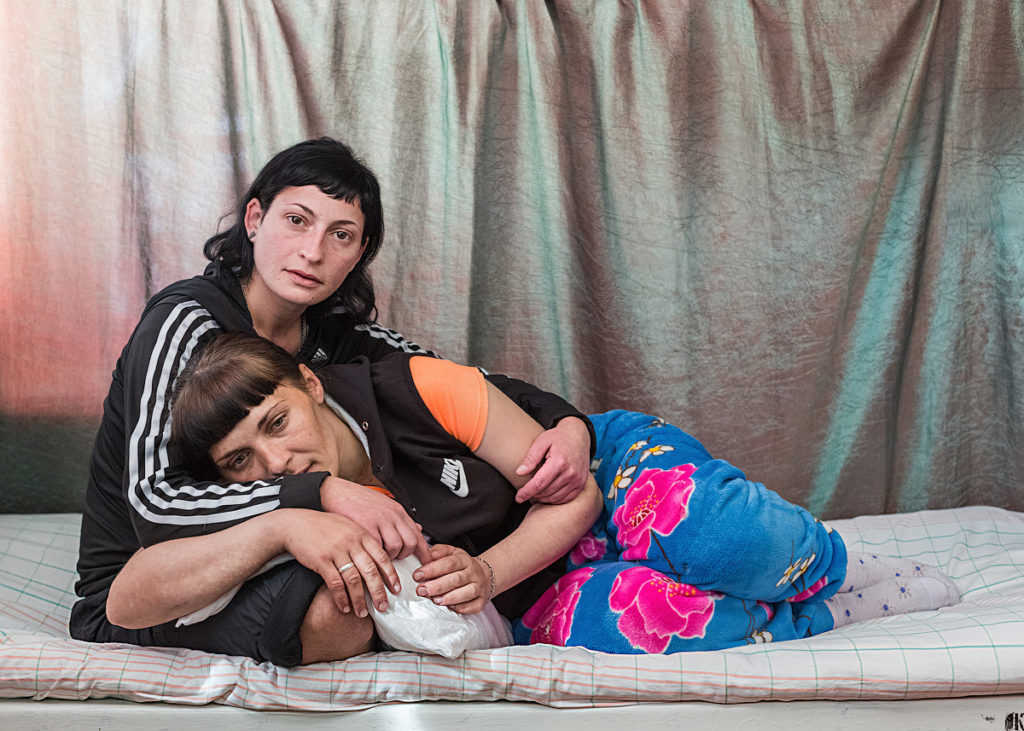
As a child, Elena was sent to a boarding school due to health issues. And though she doesn’t recall the school being a particularly bad place, that experience affected her deeply.
“When I grew up I wanted to go back and shoot there. But times have changed and with the Internet and everything it has become a different place, much better than it was in the 90s when I was there. I needed something else. The next best thing was to shoot in similar closed facilities for women: prisons, monasteries etc…”
she said. “The prison was the fastest to agree to let me shoot – it took just 8 months to get the permission.”These kinds of institutions are often located in small settlements or I’d rather say the settlements materialize around the prisons.
“I have been renting rooms from locals in the settlements nearby. I would enter the prison at 8 am and stay until asked to leave. I did not take any photographs in the first few weeks.” Anosova said “We would just talk, have some tea and get used to each other.”
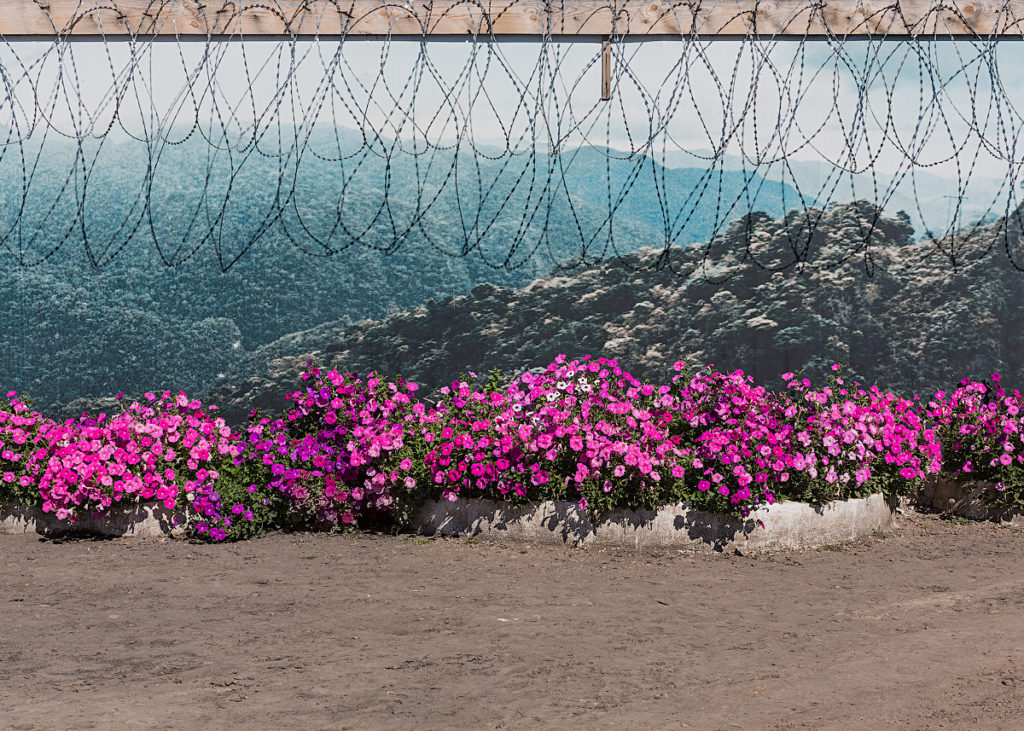
Today, we are witnessing many attempts to romanticize such institutions in the popular culture. Success of Orange is the new black is the example. But regardless of geography, the social and emotional transformations Elena depicts in her story are quite universal. Elena’s heroines adapt from being just confused girls to mature inmates, becoming more and more masculine the longer they stay in the facility. And there is hardly anything romantic about that or the environment of isolation and surveillance.
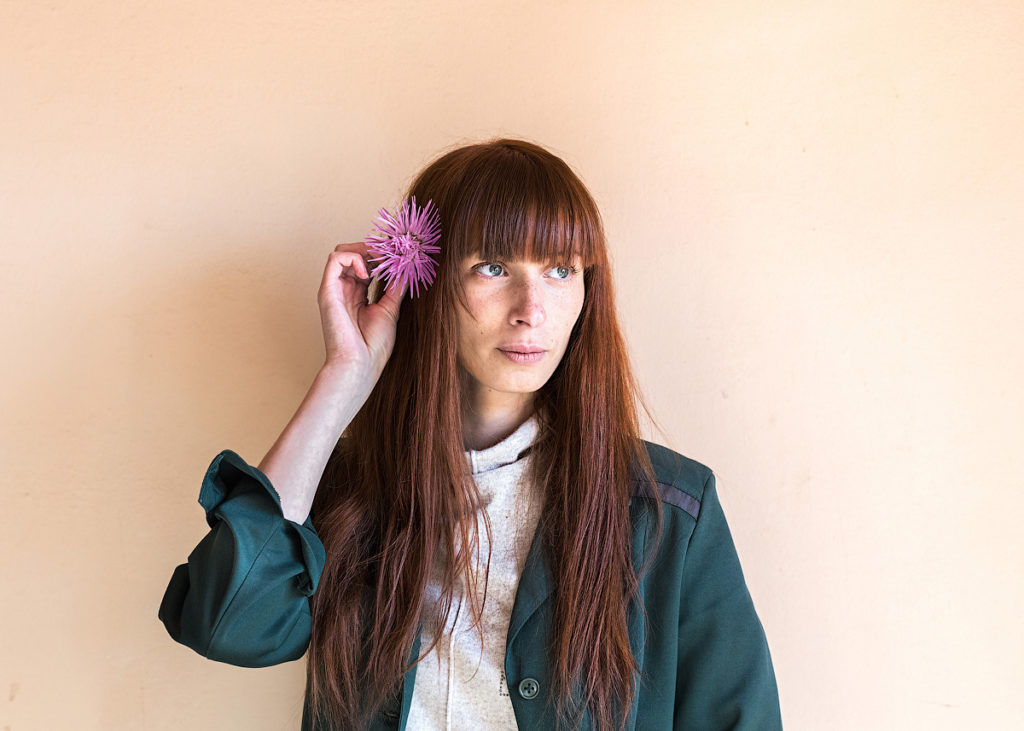
Women in prison perform men’s work, they build, carry heavy stuff and this transforms their exterior – one would feel more comfortable doing all that dressed like a man. It does change a person from the inside as well.
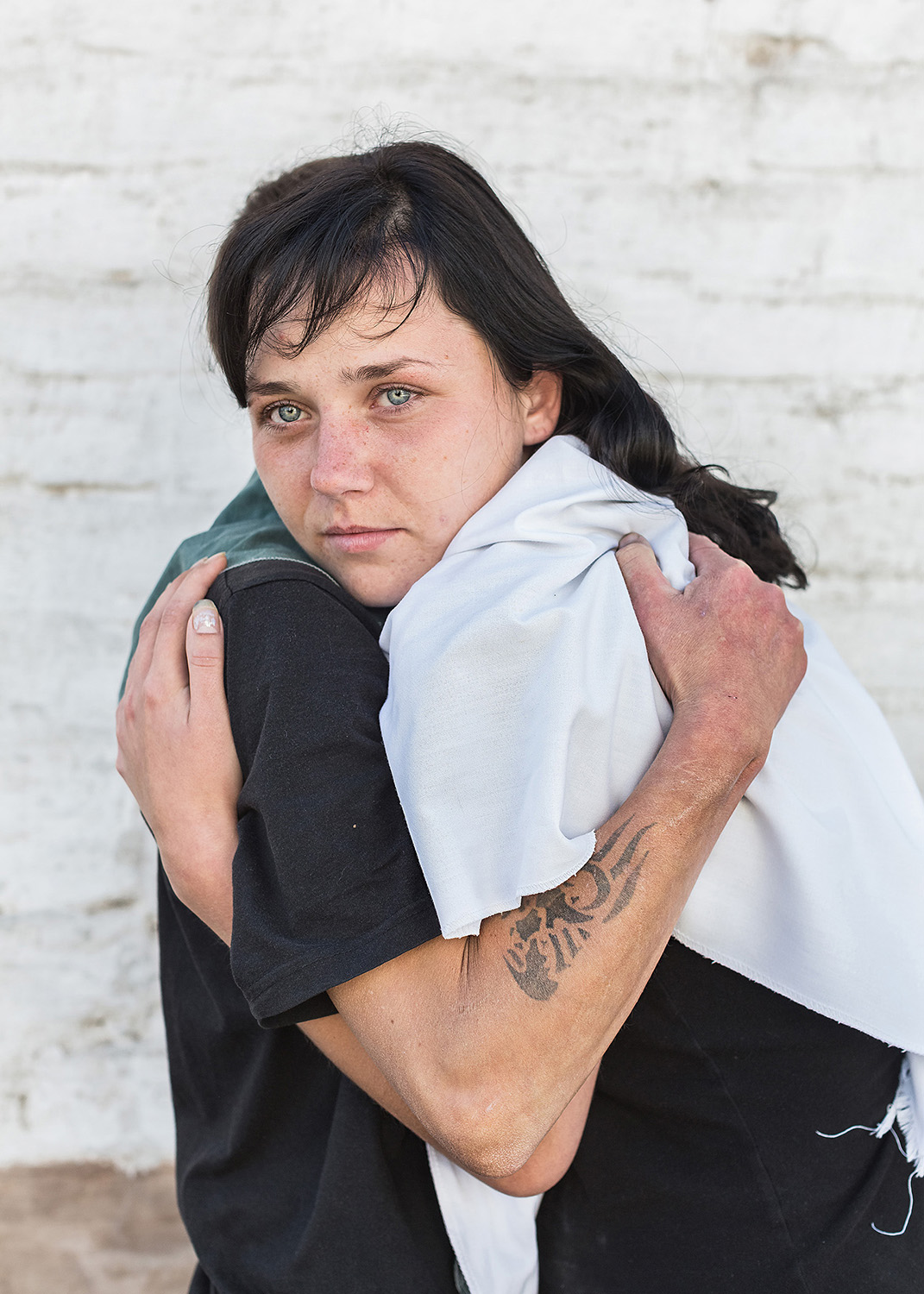
Elena’s Sections is honestly quite refreshing and I think it is one of the reasons her subjects felt comfortable:
“I think these women agreed to be photographed because I have explained why I want to photograph them. I didn’t emphasize daily life in prison, I am not a big believer in pure documentation. I told them that my reasons, in fact, are almost purely selfish; I didn’t pretend my project would change their world. I confessed that it was my way of therapy. They agreed to be a part of it.”
This topic brings attention to a number of issues. Elena doesn’t attempt to judge how the system works from the inside, but she couldn’t avoid the “what happens afterwards?” question. How can these women adapt and socialize?
“When I started this project, I didn’t really think about it.” Anososova said. “As a photographer and an artist I cannot solve this issue. But if I get lucky, I might bring attention to some of them.”
Elena Anosova grew up in Russia and she is currently based between Moscow and Irkutsk, her hometown. Elena also works on other projects related to subjects on the margins of society and how it forms identity and collective memory.
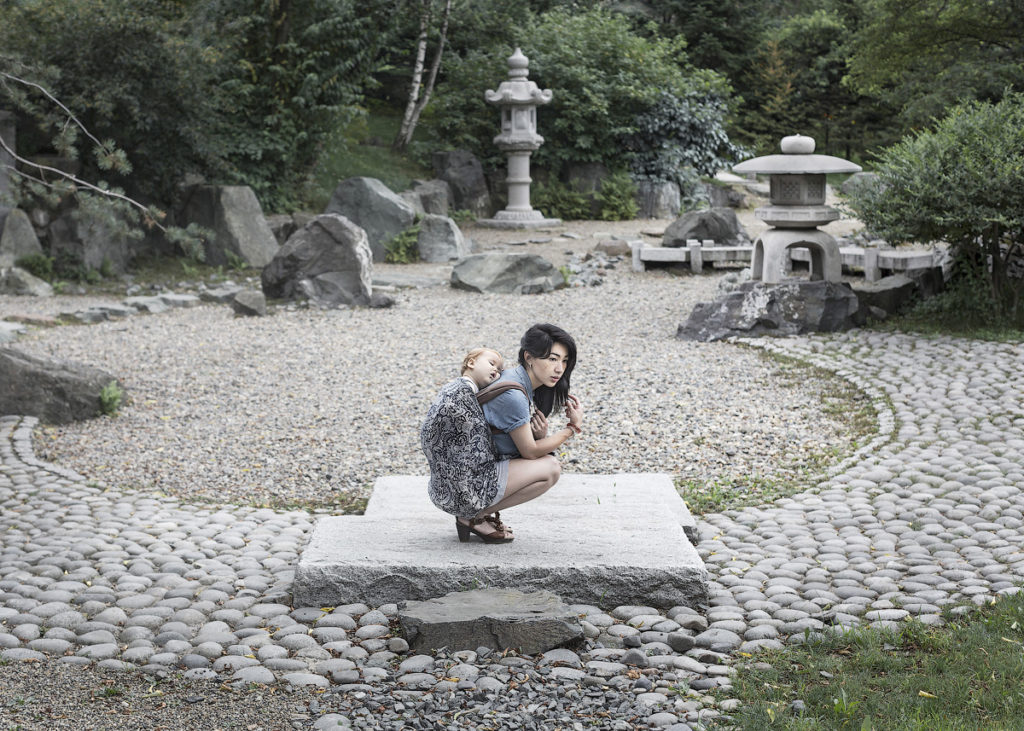
Currently, Elena is working in a remote settlement in the far North with about 300 inhabitants where a part of her family actually comes from. After giving it a glance, I am waiting impatiently to see what she makes out of it.

